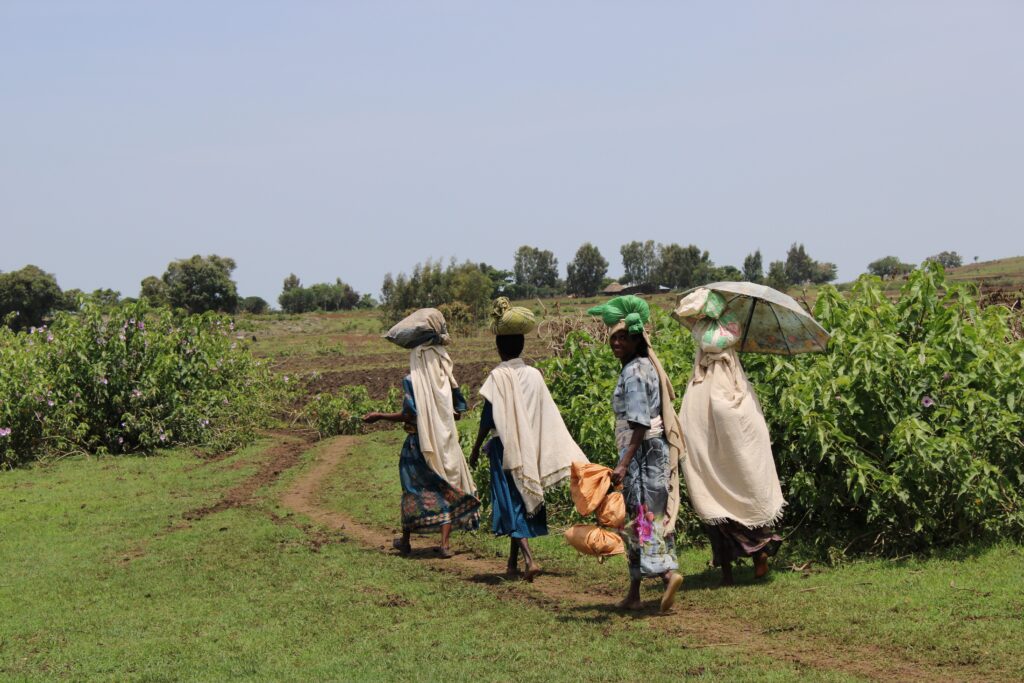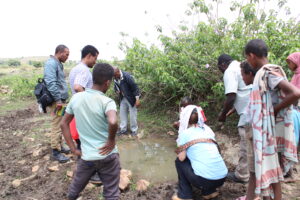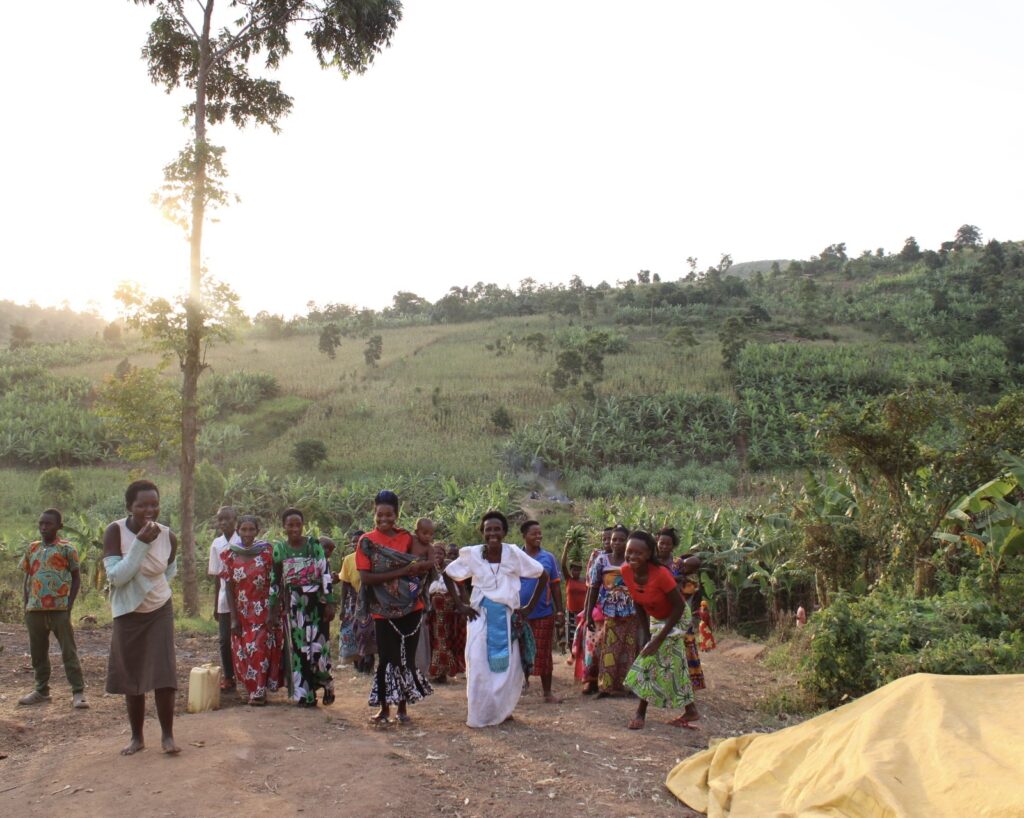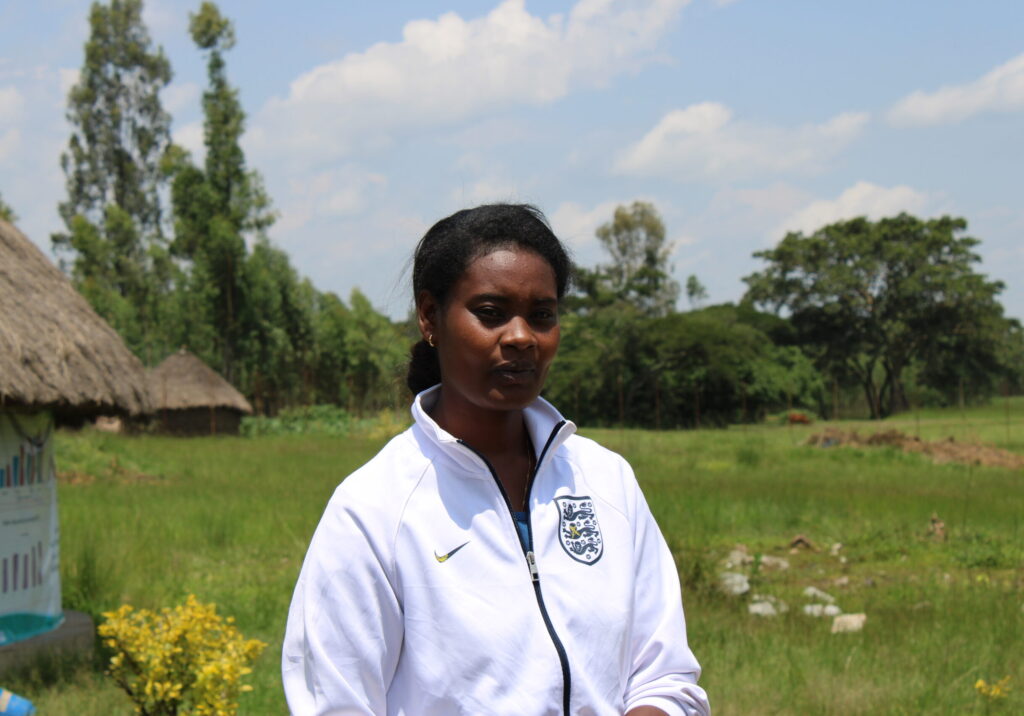
By Molly St. Clair, Western Kentucky University senior Journalism student
Often, when visiting well sites, we ask the villagers how far they would walk to get water prior to the clean water well. Normally, people explain they must walk miles or hours. When Water to Thrive and partner organizations are deciding where a new well should be put in, they normally look at the most marginalized communities. Distance to a water source is often a deciding factor.
However, a unique situation presented itself in a village outside of Gondar, Ethiopia. The community had a recently completed clean water well, and when asked how far they traveled to collect water prior to the well, the people explained that during the rainy season they would fetch water close by.
After asking to see the source, they led us down a dusty path mixed with rocks. As we walked down the muddy and uneven trail, I was expecting to see a lake on the horizon which is why I was shocked when the community stopped us about 75 yards from the well.
I was even more shocked when they pointed at a small puddle on the side of the path.

Community members, along with Susanne Wilson, gather around the drinking source used prior to their clean water well. They discuss the difficulties of an unreliable water source that also causes illness.
Photo by Molly St. Clair.
They explained that during the rainy season, they get their drinking water from a puddle. The shallow dip in the road is filled with bugs, mud and animal feces and animals drink from the same source. During the dry season, they not only have to walk an hour to a polluted river, but it’s also filled with leeches.
No human being should ever have to use a dirty puddle as their water source.
Water is a necessity of life which is why desperate people will drink any water they can find. To survive.
Ironically, something that gives life can take it away just the same. When water is contaminated with pathogens, untreated waterborne diseases can make humans sick to the point of immobility or even death.
They can’t work to provide for their family. They can’t go to school.
After walking to a clinic that is at least an hour away, they receive medicine to rid their bodies of the waterborne disease. Sadly, good health only lasts about a week because they have no choice but to continue drinking the dirty water.
With the clean water well, the dirty puddle becomes a memory rather than a crisis of health, education and safety.
That’s the beauty of clean water.



About The Author: Molly Jane St. Clair
More posts by Molly Jane St. Clair